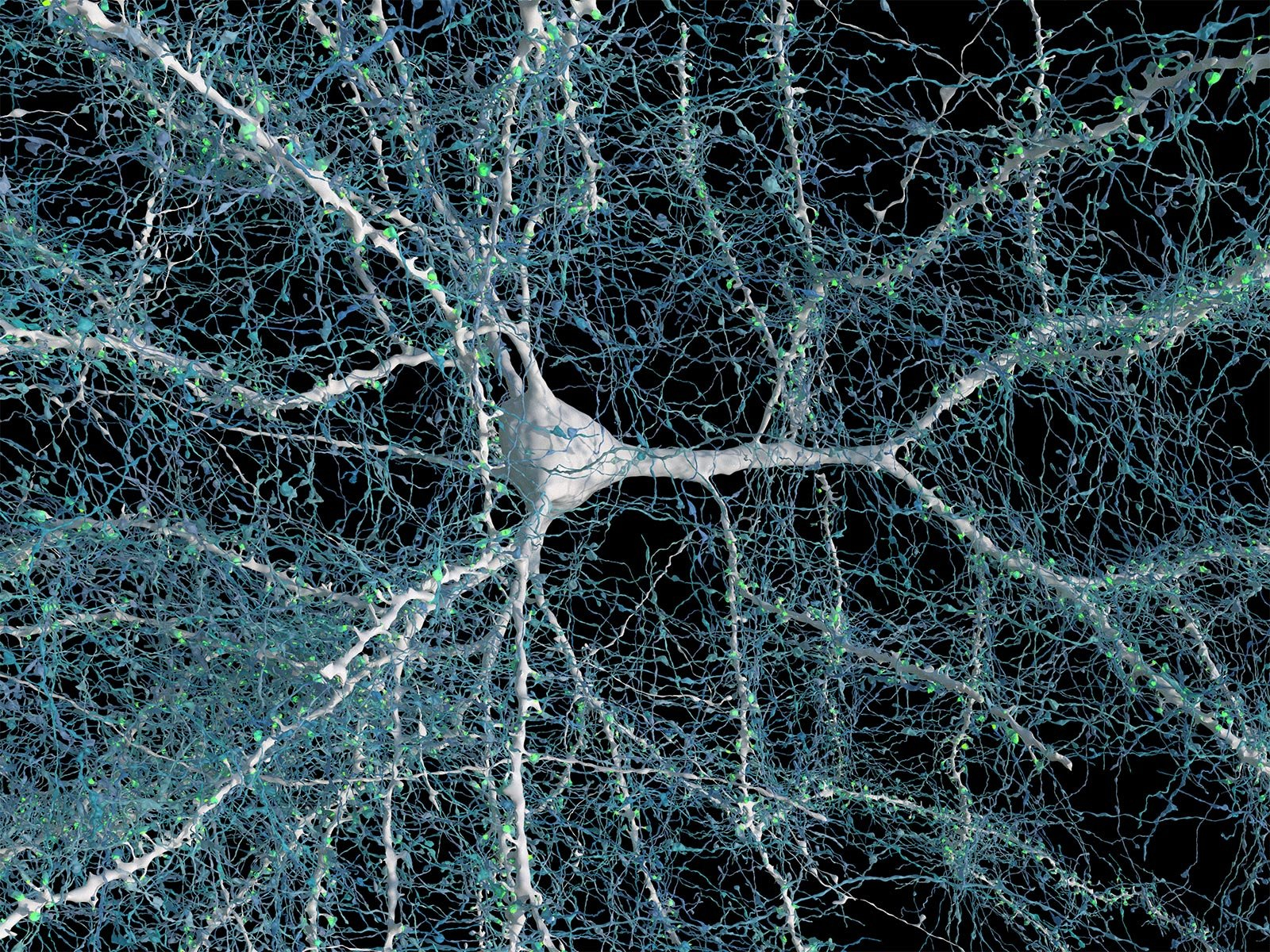"Informed AI News" is an publications aggregation platform, ensuring you only gain the most valuable information, to eliminate information asymmetry and break through the limits of information cocoons. Find out more >>
High-Resolution Microscopy Unveils Complexity of Human Brain
- summary
- score

Researchers utilized high-resolution electron microscopes to create a detailed map of a small section of the human brain, measuring just one cubic millimeter. This tiny sample contained over 57,000 cells and nearly 150 million synapses. The map reveals intricate details about the types of cells and their connections, emphasizing the complexity of the brain.
The team dissected the brain tissue into 5,000 slices and captured images of each. The accumulated data reached 1.4 petabytes, a colossal volume. Using this data, they reconstructed a 3D image encompassing almost every cell in the sample.
Analysis showed that the majority of cells were either neurons, responsible for transmitting signals, or glial cells, which support neurons. Glial cells were found to be twice as numerous as neurons. The most prevalent glial cell type, oligodendrocytes, offers structural support and electrical insulation to neurons.
The study also revealed new structural details, such as mirrored orientations in specific neurons. Machine learning was instrumental in identifying nearly 150 million synapses, the points where signals transfer from one cell to another. Some neurons established multiple synapses with the same target cell, suggesting robust connections.
This research highlights the brain's complexity at the cellular level and the significance of connectomics—the mapping of brain cell connections. The data is now accessible to the public, providing valuable resources for further research.
The collaboration among neuroscientists, computer scientists, and engineers was crucial for this breakthrough. It represents a significant step towards creating a comprehensive map of the human brain, with the goal of advancing treatment possibilities.
| Scores | Value | Explanation |
|---|---|---|
| Objectivity | 7 | Comprehensive, balanced reporting with in-depth analysis. |
| Social Impact | 4 | Strong social discussion, influencing some public opinion. |
| Credibility | 7 | Extraordinarily credible, verified through multiple checks. |
| Potential | 6 | High potential for significant changes in neuroscience. |
| Practicality | 5 | Extremely practical, widely applied in practice. |
| Entertainment Value | 2 | Slightly monotonous but includes a few entertaining elements. |